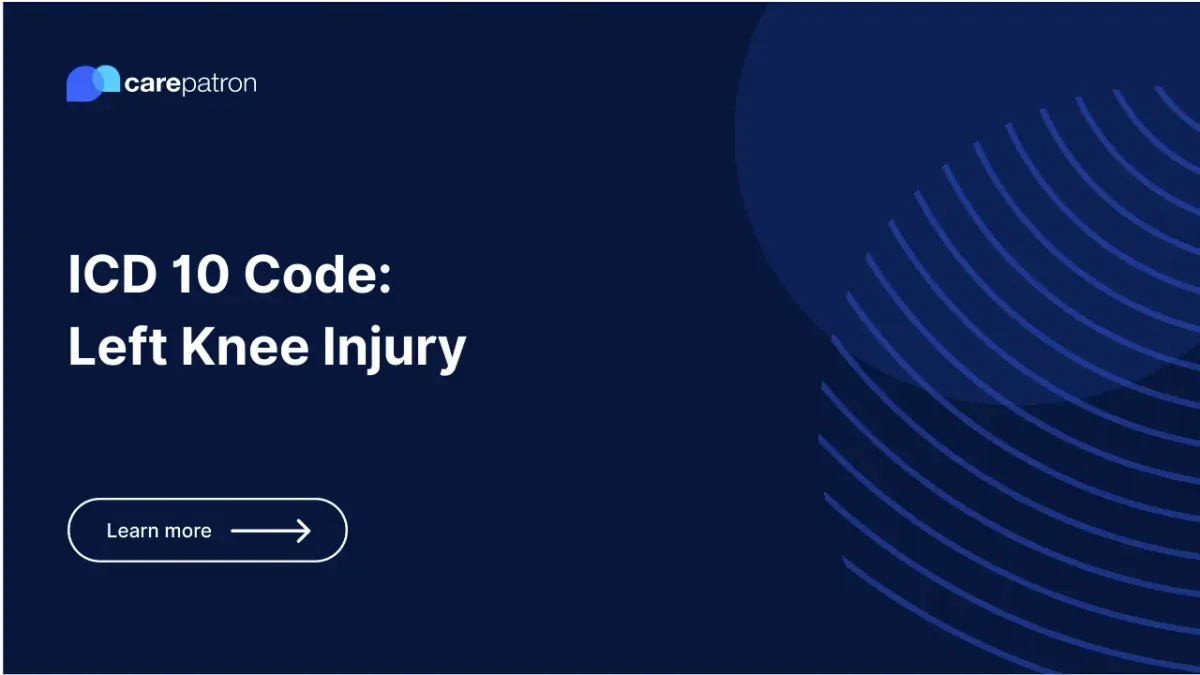
Left Knee Injury ICD-10-CM Codes
Learn about some of the common ICD-10 codes used for diagnosing and documenting left knee injuries through this guide.
Use Code
Commonly asked questions
Left knee injury ICD codes should be used when documenting a patient's diagnosis, clinical findings, or treatment for a left knee injury. The specific left knee injury must be determined so the proper code can be used.
Common treatments may include rest, physical therapy, medication, or surgery, depending on the nature and severity of the injury.
A diagnosis code for a left knee injury provides a standardized definition of the injury's nature and location. It's used for medical record-keeping, billing, and statistical purposes.
EHR and practice management software
Get started for free
*No credit card required
Free
$0/usd
Unlimited clients
Telehealth
1GB of storage
Client portal text
Automated billing and online payments
